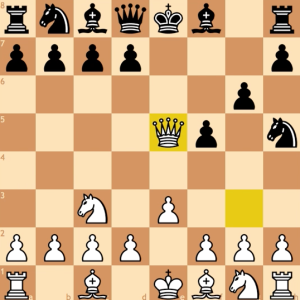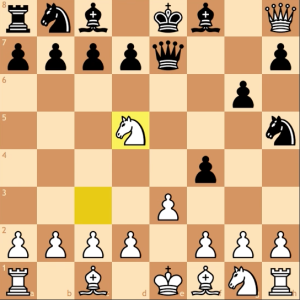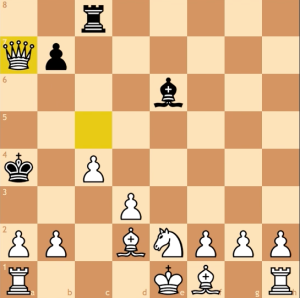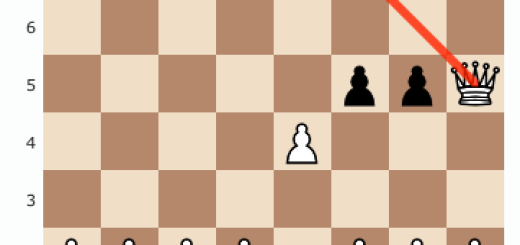Chess Strategy Lesson 101: The Power of the Queen in Chess
Chess Strategy Lesson 101:
The Power of the Queen in Chess
The following video is from a recent chess match I played against an online opponent. Using basically almost only the queen, (with the assistance of the knight and a few pawns) I was able to capture nearly all my opponent’s chess pieces, including 5 pawns, the rook, bishop, and 2 knights’ before placing the King in checkmate.
Now this doesn’t happen every game, and this could just as easily be turned around and happen to you (it’s happened to me a few times as well), but it does go to show just how powerful the queen can be when used effectively and with some proper chess strategy.
From a defensive standpoint, it’s important to ensure your chess pieces are as guarded as possible. As you will see from the video, I was able to use the queen so effectively by continuously capturing my opponent’s unguarded chess pieces.
Lessons From This Chess Match
1. Anticipate Future Moves
Being able to do this usually comes with practice over time, but still something worth noting. Around the 22 second mark, my opponent had moved his knight to capture my queen.
Had my opponent been anticipating the next few moves, he may have realized this capture was not only easily evaded, but it opened up my queen to be in a positon to place the king in check, and capture the rook on the following move.
2. Pay Attention to Where You Place Your Chess Pieces
The majority of this queen domination could have been prevented early on in the chess match when my opponent moved his queen to e6 (33 seconds in) to avoid the knight capture. Though this temporarily avoided capture, on the next move, my knight was able to place his king in check by moving to c7, and capture the queen as a result.
Had my opponent moved queen to d8 next to his King, this would have been prevented. This also shows how just one mistake in the game of chess can affect the rest of the chess match.
3. It’s Not Necessary to Capture All of Your Opponent’s Chess Pieces
While it makes checkmate much easier when your opponent has less chess pieces on the chessboard, it is not always necessary to capture every single chess piece. While my opponent was only left with 1 pawn, a bishop, and rook, it still may be tempting for some players to capture every single chess piece.
While the game was pretty much in the bag at this point, doing that can risk sometimes making a mistake, and end up losing critical chess pieces, and sometimes even the chess match.






